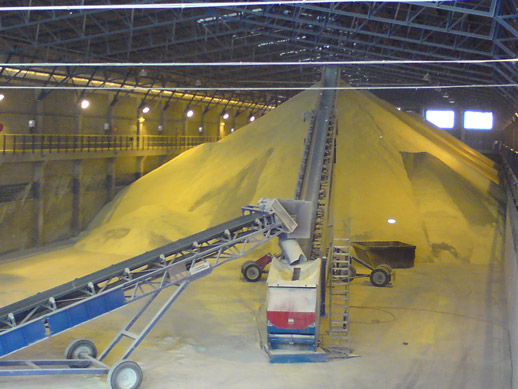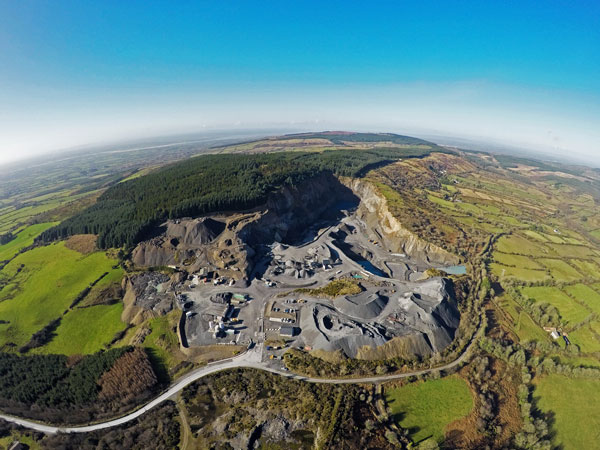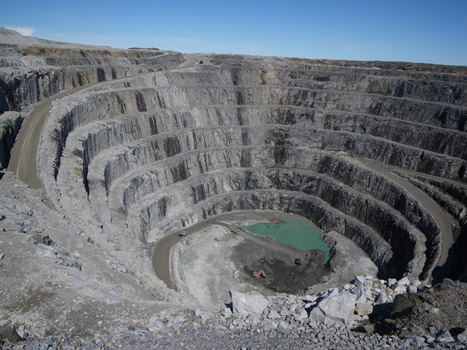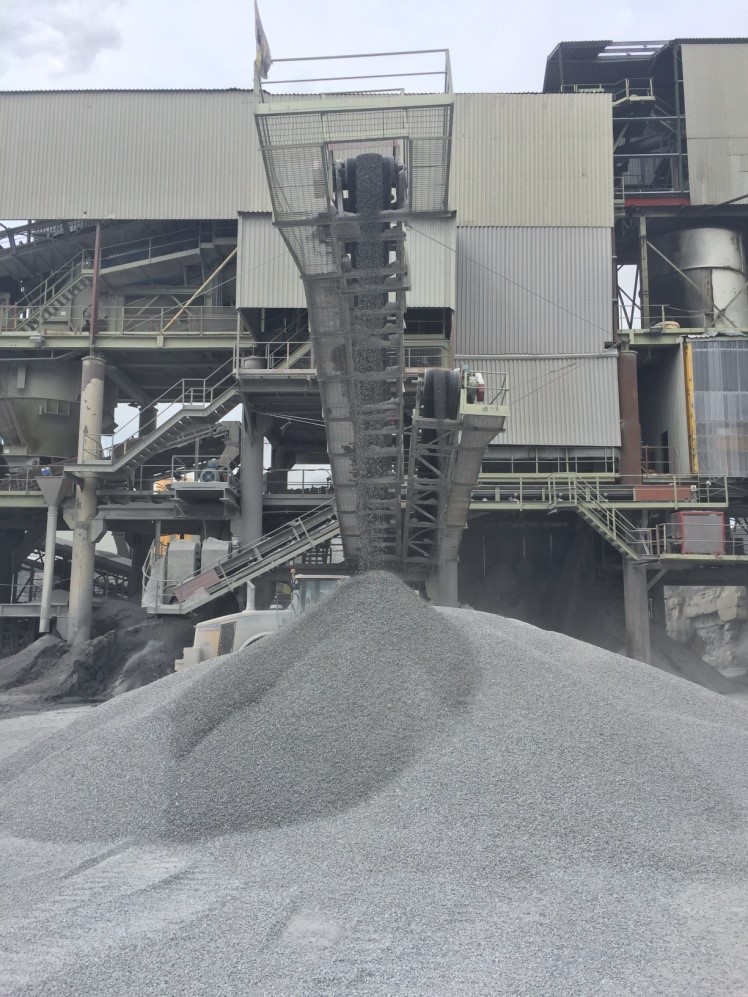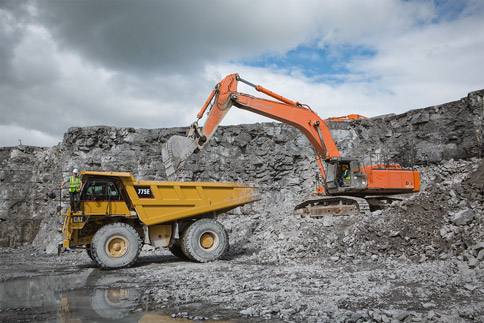Mining has been an industry in Ireland since the Bronze Age. In latter years, as the mines have got bigger and more technology-led, regard for the preserving the local environment has increased exponentially. Lisheen Mine in county Tipperary is a fine example of the Irish mining industry placing an enormous respect on the environment.
Minerals Development Acts
Mineral exploration and mining are regulated under the Minerals Development Acts 1940 -1999. The Minerals Development Act 2017 was enacted on 26 July 2017 and is due to be commenced.
The Minerals Development Act 2017 will provide for:
- the regulation of prospecting for and development of minerals;
- a statutory vesting of the exclusive right to work minerals in the Minister for Communications, Climate Action and Environment, subject to the payment of compensation;
- compulsory acquisition of other rights necessary for efficient development of minerals, subject to payment of compensation;
- the payment to the State of rents and royalties from the extraction of minerals; and
- preparation and implementation of rehabilitation plans for abandoned mine sites.
Regulations relating to the 1940 – 1999 Primary Acts are available from the Department of Communications, Climate Action and Environment.
There are many disused mines across the country, with some notable examples such as the:
- Avoca Copper mine in Wicklow;
- Silvermines in Tipperary which produced zinc, lead and silver;
- Tynagh mine in Galway which produced lead, zinc and copper; and the
- Arigna coal mine in Leitrim.
These mines currently have some activity on site, either for rehabilitation, new project development, or tourism.
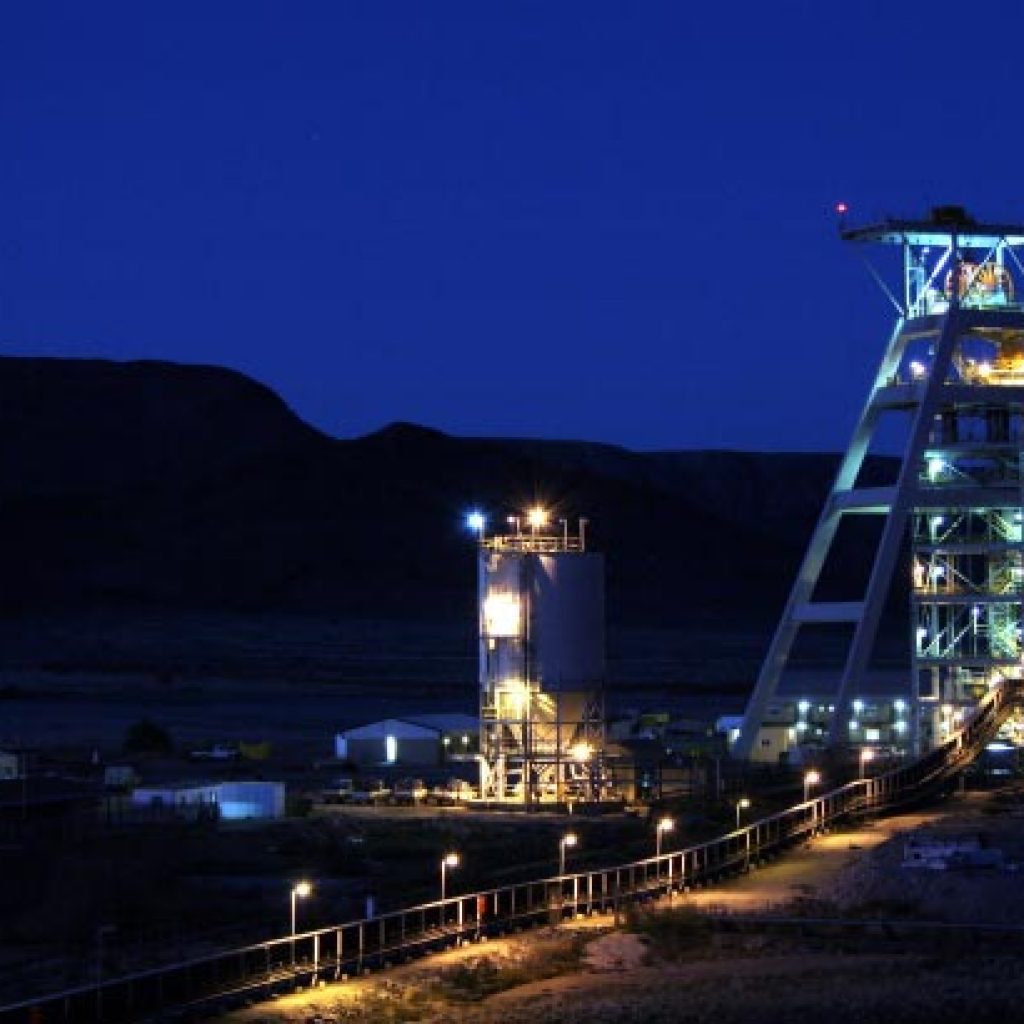

Today, Ireland has an international reputation for mining in an environmentally responsible manner and is highly regarded as an attractive destination for mining investment and for positive government policy. This follows many decades where our mining legacy was less than desirable.
In recent times, zinc and lead has been successfully mined at the Galmoy mine in County Kilkenny and at the Lisheen mine in County Tipperary, both of which have since closed and are in the process of site rehabilitation. The closure of these mines is being carried out to a very high standard and to best international standards and this is very positive for future investment.
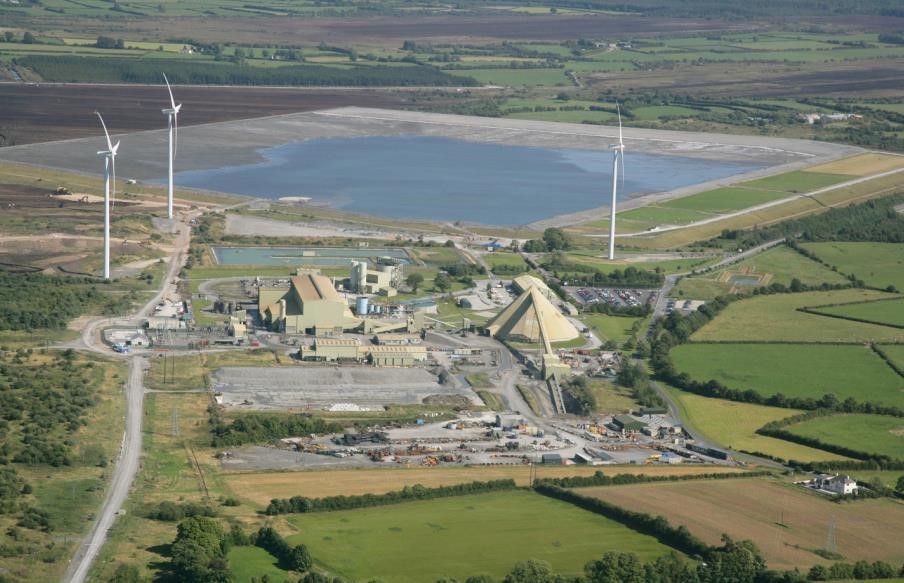
Tara mines started producing zinc in the 1970s and is currently undergoing the development of a new extension at the Tara Deeps zone which may result in production extension for many years.
When Galmoy, Lisheen and Tara were all operational, Ireland was Europe’s largest zinc producer.
The Saint Gobain Drummond mine which is located between Kingscourt, County Cavan and Carrickmacross, County Monaghan, produces gypsum for the nearby plaster and plasterboard plant and for the production of cement by a number of regional producers.
In Northern Ireland, near Omagh, there are two gold operations. Since May 2017, Galantas have been operating an underground mine development project at the location of their recently closed open-pit mine. The Dalradian gold mine is also located near Omagh and, in 20017, applied for planning permission for a mid-sized gold mine which could be in production by the end of 2018.
Read more about the The Story of the Ireland and UK Mining Competition
Exploration continues in Ireland at various locations across the island with zinc, gold and lithium among the most popular metals being sought. Exploration and mining are strongly supported in Ireland by various government departments and agencies, while there are many mining and related specialist companies that are engaged at key points of the industry.
Related Resources
- Underground Dewatering System Project
- The Story of the European Mine Rescue Competition
- The Lisheen Mine - Discovery to Closure
- Tara Mine Fire Incident April 2014
- LTMS - Mining - Case Study
- Irish Mine Rescue Standard
- IMEC Underground Dewatering Project - Company Announcement
- IMEC Case Study
- Guidelines for Running the All Ireland and UK Mine Rescue Competition
- Annual Mine Rescue Competition 2010

